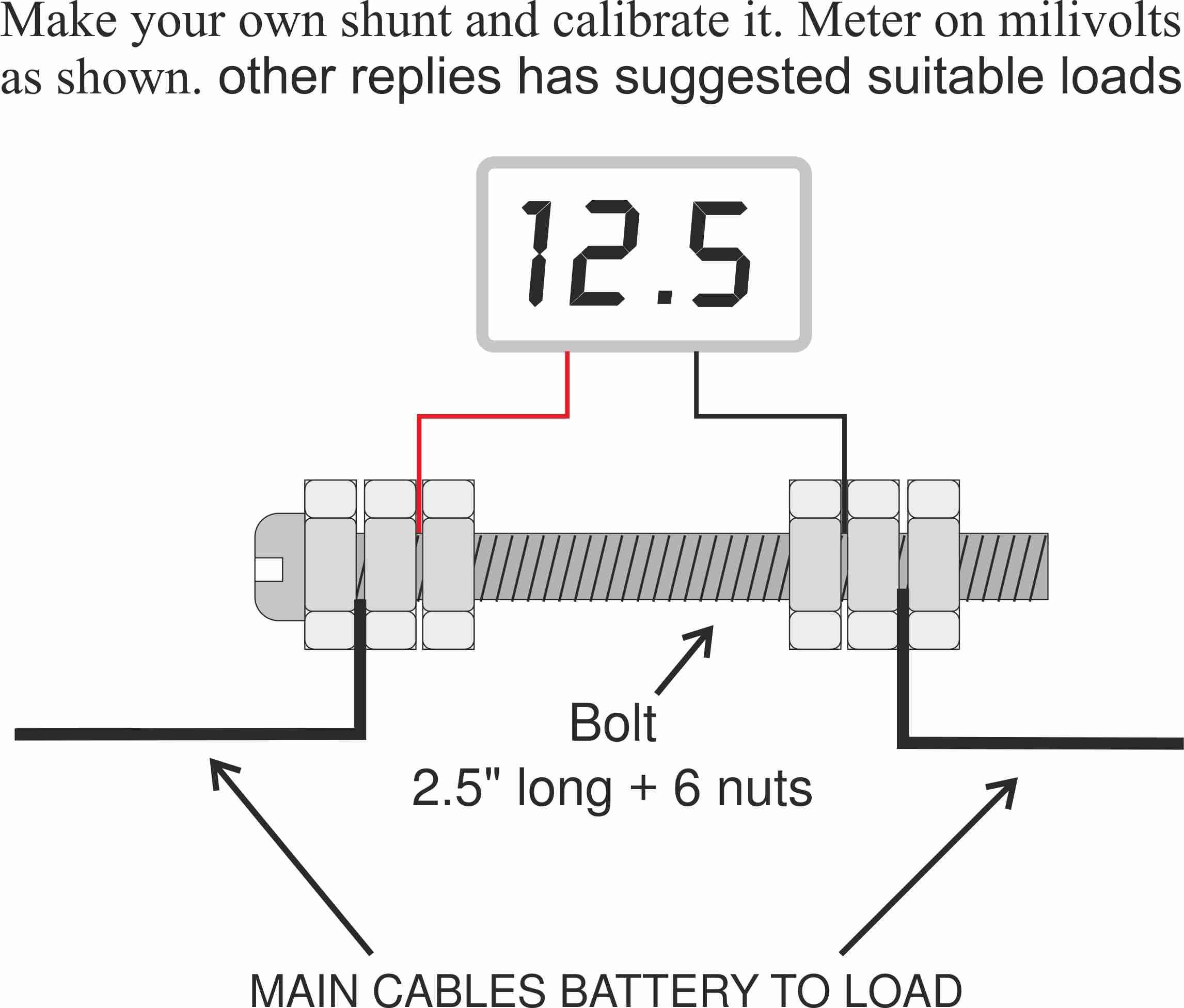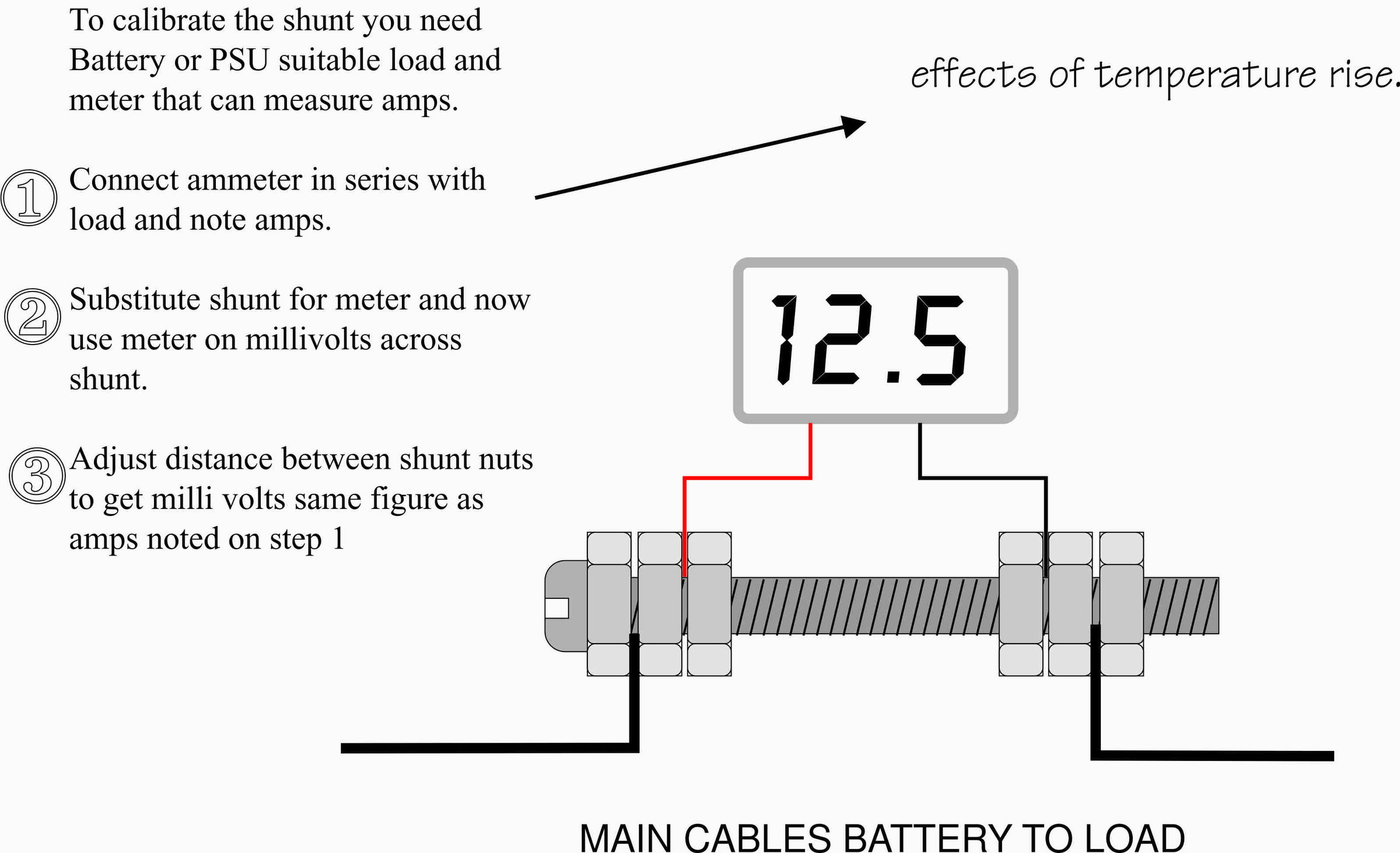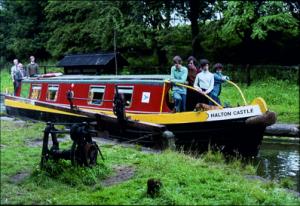

Stevec
Member-
Posts
32 -
Joined
-
Last visited
Content Type
Profiles
Forums
Events
Gallery
Blogs
Store
Everything posted by Stevec
-
I went to Cambridge - Oh how long were you there? - - About 5 minutes mate -- I was delivering the groceries - - Old goon show joke
-

'pointless' Need some help collecting narrowboat data
Stevec replied to toppy007's topic in General Boating
Your search for boat pricing is very nebulus because of the variations in age, features and quality of finish - but for what its worth, I sold my narrowboat a few years ago and having worked at a boatyard/ hire base, we got many vistors asking "whats the price for a boat" - at that time the general ball park figure was to say £1000 per foot new. So using that as a yard sitck to get a price for mine, I went on the web boats for sale, collected a selection of boats similar to my own and noted the year of making, its length and the current asking price. If you calculate a new price at £1000 per foot and the number of years in use and current asking price, the calculation will give you a depreciation per year. Do this for a number of boats and add up the depreciations - divide by boat numbers and you have an average. Using that I was able to arrive at a current value that was near to what I had expected. If you want to use different boat lengths in the survey then divide prices by length to get again an average per foot The boatyard shut a few years later and I used the formulea to calculate the value of the hire fleet The owner said its was near to what he believed the boats were worth. Its not perfect but the more boats you sample similar to the desired size (or with the desired fatures) narrows the figure you seek. If canal World members think this is useless - then put up your own attempt to price a boat I wish MartynG luck with their efforts -
You have various suggestions ref dummey load but you can make your own shunt see the attached PDF. All you need is an ammeter to accurately get a measure of current to your dummy load and a milivolt meter for the display of amps using the shunt.
-
I lived on my boat and worked on the Bridgewater for over 15 years. I used to buy my Bridgewater licence and they offered me a discounted CRT licence - so I was resitered for both canals with no problems of cruising when and where i wanted to go. Sad that Peel Holdings are making it more difficult -they don't want the bother of boats. But how short sited - you have miles of water there and on the ship canal - you could make a profit by building more marinas - thye make a profit. regards to you all I am retired off the canal now
-
When we bought our boat, I also purchased from a local shop a TV for use onboard. We had readdressed our mail to go to a sons address from where he could forward it to us (we became continuous cruisers) The shop asked for the address where the TV was going to be used and we said our boat name followed c/o British Waterways - with their address but gave our sons address for mail. We then got a demand for a licence at our sons address (he alreeady had a licence) so I replied explaining that it was for use onboard, he already had a licence but we would be willing to pay if they changed the address c/o British waterways. 22 years later we are still waiting for a reply and have never had any further problems. I surmise that they can not apply a licence since its not at a fixed address. If you have an address at say a marina (ie a fixed location) then the licencing rules allow them to demand payment for licencing your TV STEVEC
-
I use my Garmin sat nav which records the route and can be transferred to a PC and map software. Very useful if you are in an argument with CRT about not moving or where you were at a given time. I put the satnave in a plastic cover on the hatch slider with the Pearsons and take it in each evening. (make sure you set the routeing as off road)
-
You can buy ignition units for 12 volts DC or 220 volts AC - I can't remeber where they are sole but hob suppliers for boats may be able to help. The units are free stsanding ie. not made as part of the hob or oven so switching from your exisitng one is a easy
-
ref " vinyl blacking (Leighs Resistex M535) " We used this for the last 20+ years on our boat. I worked for Claymoore narrowbaots and was introduced to this paint by them. Extremely good. You have to scrape off the bitumen before coating with resistex. Our first coating bubbled with the bitumen residue but after 2 coats it was OK. We have had no further pitting or rust/ galvanic activity and the sides are still perfect. It drys extremely fast (uses very volatile thinners) - two of you can apply coats with one only about 3 metres behind the other and when finished theres no curing time - just flood the dock and sail away.
-
I used to wire new hire fleet boats and repair private boat electrics. I would suggest two or even 3x 25mm cables to your central distribution. If you under estimate now you can be faced with the difficult job of later additions. Far better to fit bigger now. This is what we used to do on all the hire fleet and I rewired several private boats with dull lighting problems and it made a vast difference with only the cost of a bit more cable.
-

Mystery Electrical Contraptions
Stevec replied to BlueStringPudding's topic in Boat Building & Maintenance
I can confirm what others have said the Durite is usually used for split charging batteries. The thick wires go to the positive of each battery (say domestic and starter) The small connections that have been cut off are wired to the D+ terminal of the alternator and engine frame. In this case the Durite is unused and could (if you are careful) be removed.Insulate the wire ends or trace back and completely remove Its a similar story with the green box - another split charge relay now being used just as a teminal to connect two wires. As above you could remove it and fit the two wires into a terminal block or use an inline crimp. -
In 2006 I bought two Rolls 6CS17P batteries (2 because they are 6 volt units ie. 3 x 2 volt cells) They are 546 Ah @ the 20 hour rate and warranteed for 10 years. Been in use daily up to last year when due to illness we had to stop. They are held up by a single solar panel when the boat is shut down and still going strong. In use we had Fridge, Freezer, TV, computers, lights etc running. Continuous cruising for most of the year. Cost today is £557 for the three cells in an outer case. - more expensive but ten years and still going!
-
Would suggest you also check the thickness of paint on the outside of the boat in the tank area. Some coatings are very good insulators and at a boatyard where I worked we used to regularly scrape off excess thickness which caused the trouble you have found
-
This post cannot be displayed because it is in a forum which requires at least 10 posts to view.
-

A favour to ask of someone in the Dutton area
Stevec replied to speedypete202's topic in General Boating
messaged you speedypete with photos -
suggest you view Equipment Diesel on water melts bitumen on hull - Looking for a compatible alternative. (post 11 offers an alternative)
-

Where can't we go with a 62 foot narrow boat???
Stevec replied to Movin' on's topic in General Boating
For the past 20 years we have been regularly cruising from the Bridgewater canal to skipton & leeds on our 62ft narrowboatboat. Some locks its safer to go in and rise or fall diagonally but the L&L was built for 62ft boats so statements from CRT or others giving 60ft as the standard are incorrect albeit if they are done for safety reasons. You have to be watchful for dangerous situations. My wife controls the stern and I observe the bows. Only one lock (leeds lock) has given extreme problems because the automation only allows for both downstream gates to open together. The bows of the boat thus have to be exactly in the middle to get through. Before buying our boat we considered it essential that the L&L was navigable and 62ft is OK Going up the calder we have always been able to reach Horbury Bridge before having to turn round. -

what jobs do people have (without sounding nosey)
Stevec replied to katty45's topic in New to Boating?
"Whats the third pedal for?" - Victor Borgia said "The pedal in the middle is there to separate the other two pedals" The OP asked about jobs - obvious really - fix narrowboats during the winter and cruise in summer - did it for about 20 years - outstanding retirement! - sadly now forced to cease -
This post cannot be displayed because it is in a forum which requires at least 10 posts to view.
-
This post cannot be displayed because it is in a forum which requires at least 10 posts to view.
-
This post cannot be displayed because it is in a forum which requires at least 10 posts to view.
-

Flash Locks - how did they work in practice?
Stevec replied to Tam & Di's topic in History & Heritage
The stop lock at Dutton on the Trent & Mersey canal was at one time a type of flash lock. The level difference is only about 2~3 inches and before being converted to a pound lock had only a single top gate (so I was told). This was winched open as shown on the attached photograph from Claymoore Navigation's old photos. -
Mention has been made of it being the purchasers responsibility to declare the split. - I used to work at a boatyard and when the diesel split was introduced people said HMRC would be unlikely to check. We sold quite a lot of diesel and over about 6 years or so, were visited twice by HMRC who checked records and noted several people who had declared 0% propulsion. Several people tried this and argued we had no right to demand a propulsion persentage but HMRC had advised that if we were asked to accept 0% and the tank being filled was obviously for the engine that we would be guilty of aiding an attempt to defraud them.
-
Some years ago I came across a boat with pitting that suggested it was 10 years old rather than only about 6 months. A surveyor found this and suggested an electrical fault. I was asked to take a look and noticed a very faint glow on circuit breaker indicators which increased when cabin light switches were turned on (battery master switch was off) The boat only had 12 volt circuits no shore mains and I traced the problem to a headlight with its metal frame connected to the lamp & bolted onto the hull and an incorrectly fitted earth strap from battery negative to engine frame. The circuit seemed to be from batt positive through cabin lights left switched on via the negative commoning busbar and the headlight casing onto the hull. Thence onto the engine frame oil pressure warning light to the ignition switch (on position) and thence ?? - The earth strap was wired onto one of the master switch terminals so that the battery was always connected to engine frame. Moving the strap to the other side of the master switch properley isolated the battery.. When the boat was vacated, there were only small currents but with engine running they could have been much bigger - hence the significant pitting.
-

Gas safe/ corgi person needed to fit cooker T & M / Macc
Stevec replied to Jamboat's topic in Boat Building & Maintenance
Try Claymoore Narrowboats - bottom end of the Bridgewater -
This post cannot be displayed because it is in a forum which requires at least 10 posts to view.





